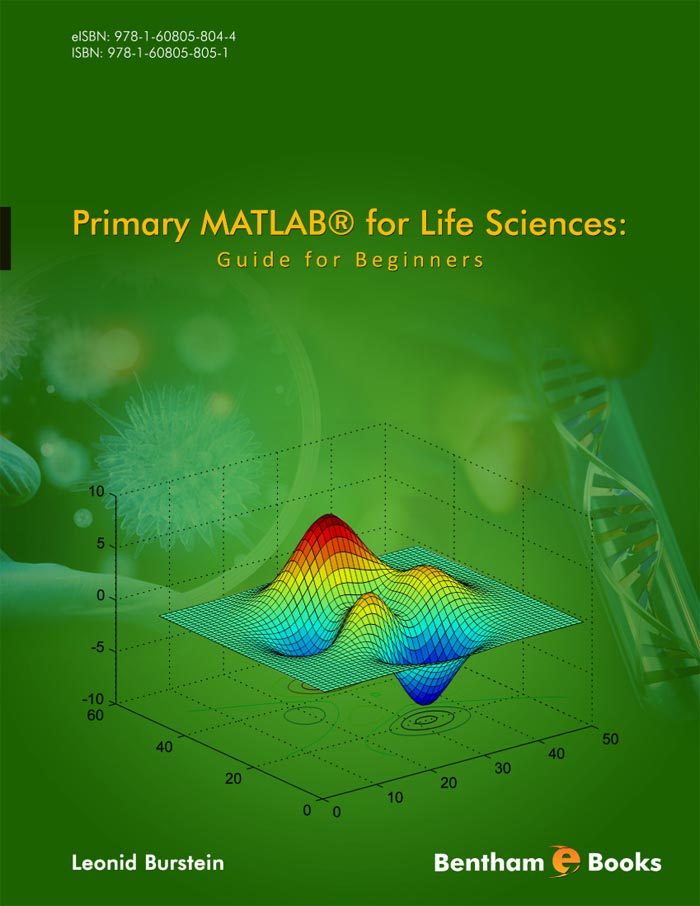Introduction
This e-book provides readers a short introductory MATLAB® course oriented towards various collaborative areas of biotechnology and bioscience. The text concentrates on MATLAB® fundamentals and gives examples of its application to various problems in computational biology, molecular biology, biokinetics, biomedicine, bioinformatics, and biotechnology. MATLAB® is presented with examples and applications to various school-level and advanced life science / bioengineering problems - from growing populations of microorganisms and population dynamics, reaction kinetics and reagent concentrations, predator-prey models, to data fitting and time series analysis.
The book is divided into 7 chapters containing material carefully selected and tailored to teaching several groups of biotechnology students. The topics are presented in a manner that allows readers to proceed sequentially on the strength of the preceding material.
Primary MATLAB® for Life Sciences: A Guide for Beginners is essentially a concise and comprehensive text that provides an easy grasp and to-the-point access to the MATLAB® tool to the community of life sciences and bioengneering undergraduates and specialists.

